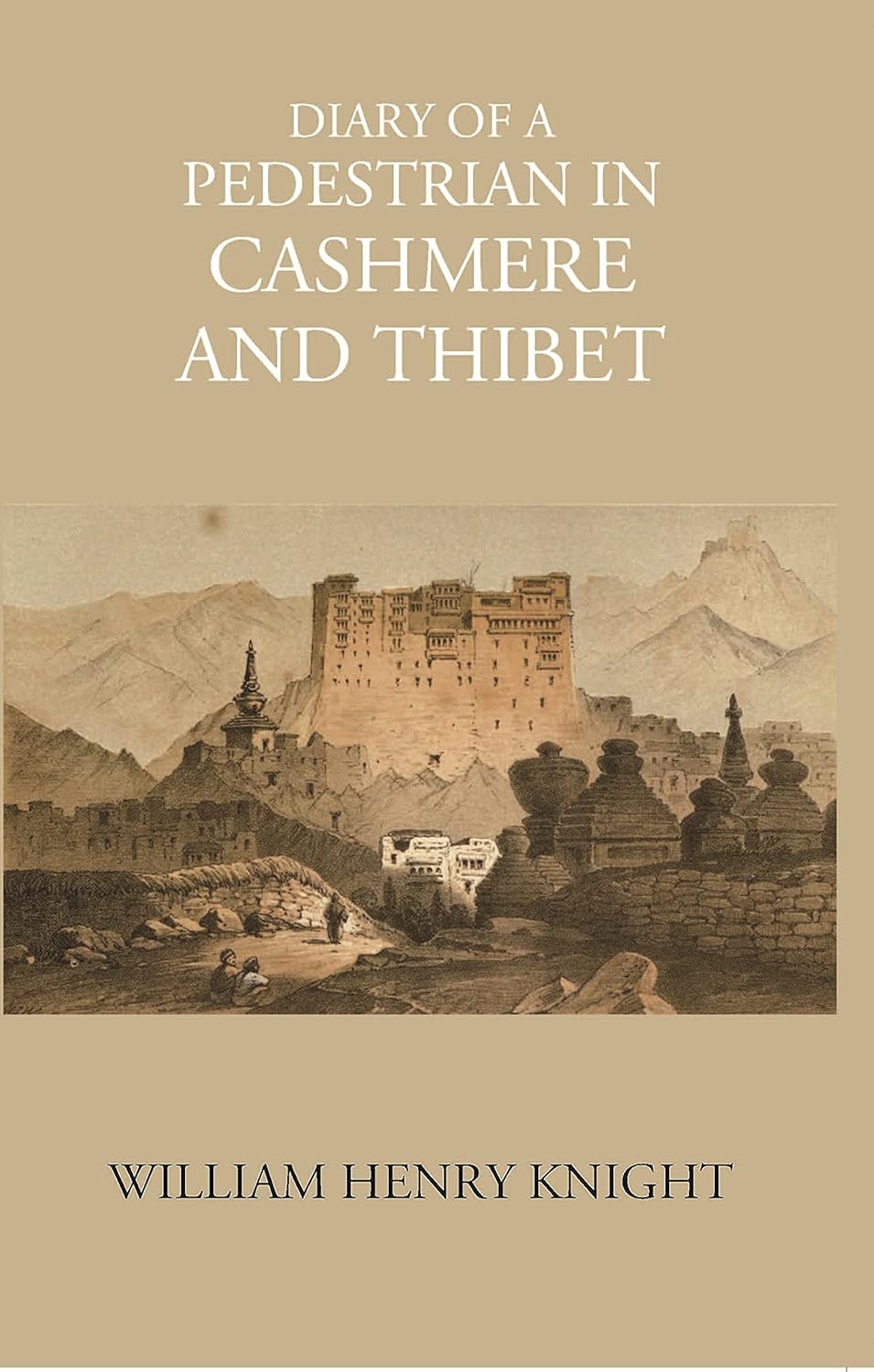Diary Of A Pedestrian In Cashmere And Thibet - HB
Diary Of A Pedestrian In Cashmere And Thibet - HB
Couldn't load pickup availability
About the Book:-Having spent a year and a half in India with his regiment, the author managed to obtain a six months' leave of absence in order to escape the hot season and journey through the cool foothills of the Himalayas. Nothing could exceed the beauty of the view as we approached our intended halting-place. Having crossed the torrent by a wooden bridge, the mountains we had been winding through showed out in all their grandeur, while above us, inaccessible peaks, with sharp and fanciful projections, nestled their mighty heads among the fleecy clouds, which hung about after the recent rains. Its object is simply to bring before the reader's imagination those scenes and incidents of travel which have already been a source of enjoyment to the writer, and to impart, perhaps, by their description, some portion of the gratification which has been derived from their reality. This book is written in the form of a diary, of the author during his stay in Kashmir and Ladak between 21st May and 31st October 1860. It is written in the style of most narratives and describes the topography, the people and their customs, their religion, the temples etc. The book has three appendices that notice the temples of Kashmir, the Mystic sentence of Tibet and gives a short sketch of the history of Kashmir. The book has lovely 45 black and white illustrations. This book is a reprint of the 1863 edition. About the Author:-William Henry Knight was an English portrait and genre painter. He was born in Newbury, Berkshire where his father, John Knight, was a schoolmaster. He was to become a solicitor, but gave up his law studies after two of his paintings were accepted by the annual exhibition of the Society of British Artists. He moved to London in 1855, taking lodgings in Kennington Road, Lambeth, and supporting himself by drawing crayon portraits while studying in the British Museum and in the schools of the Royal Academy.
Share

